消逝的榻與茄
The disappearing couch and Siōng-ka-tang-pi
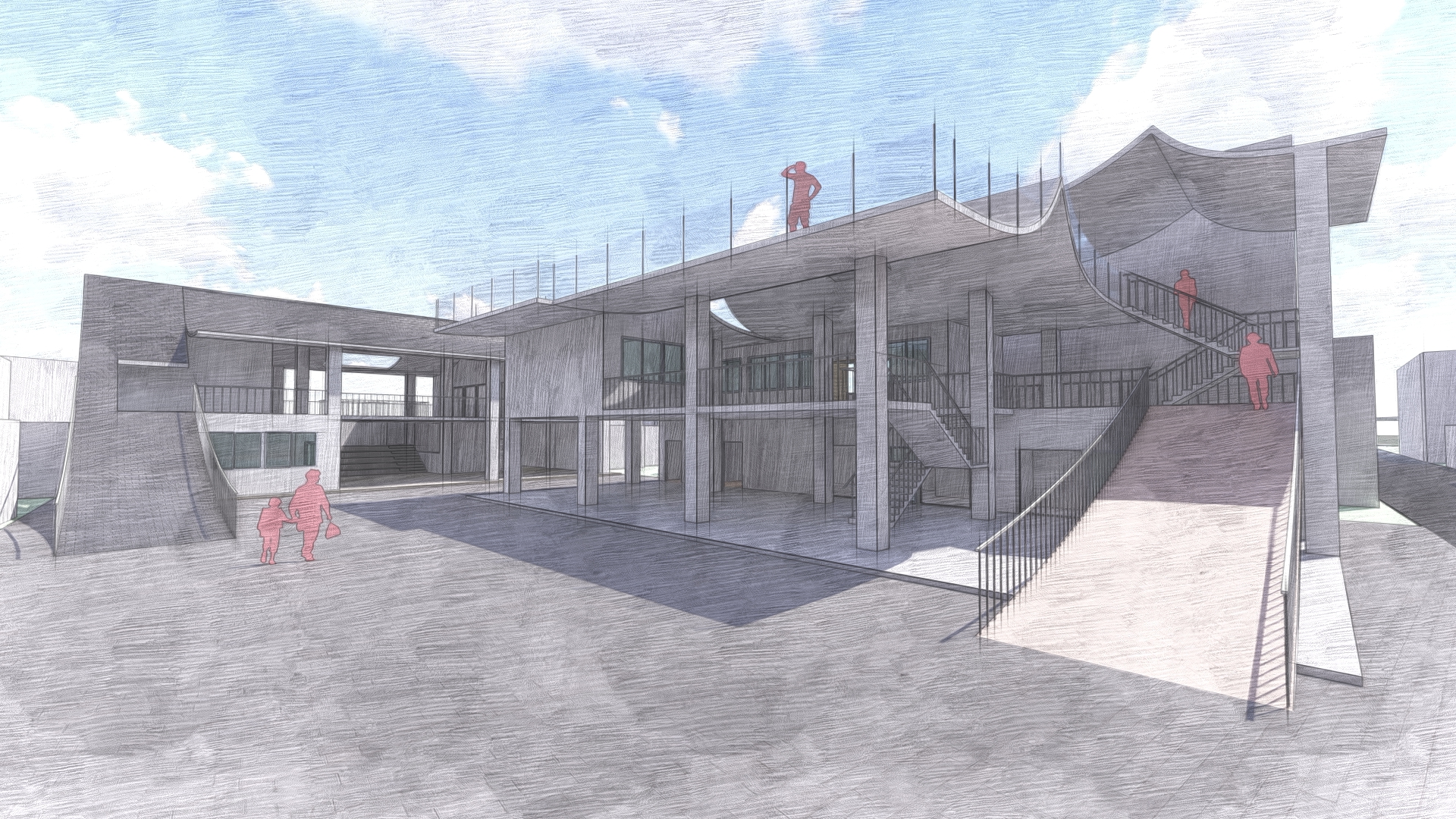
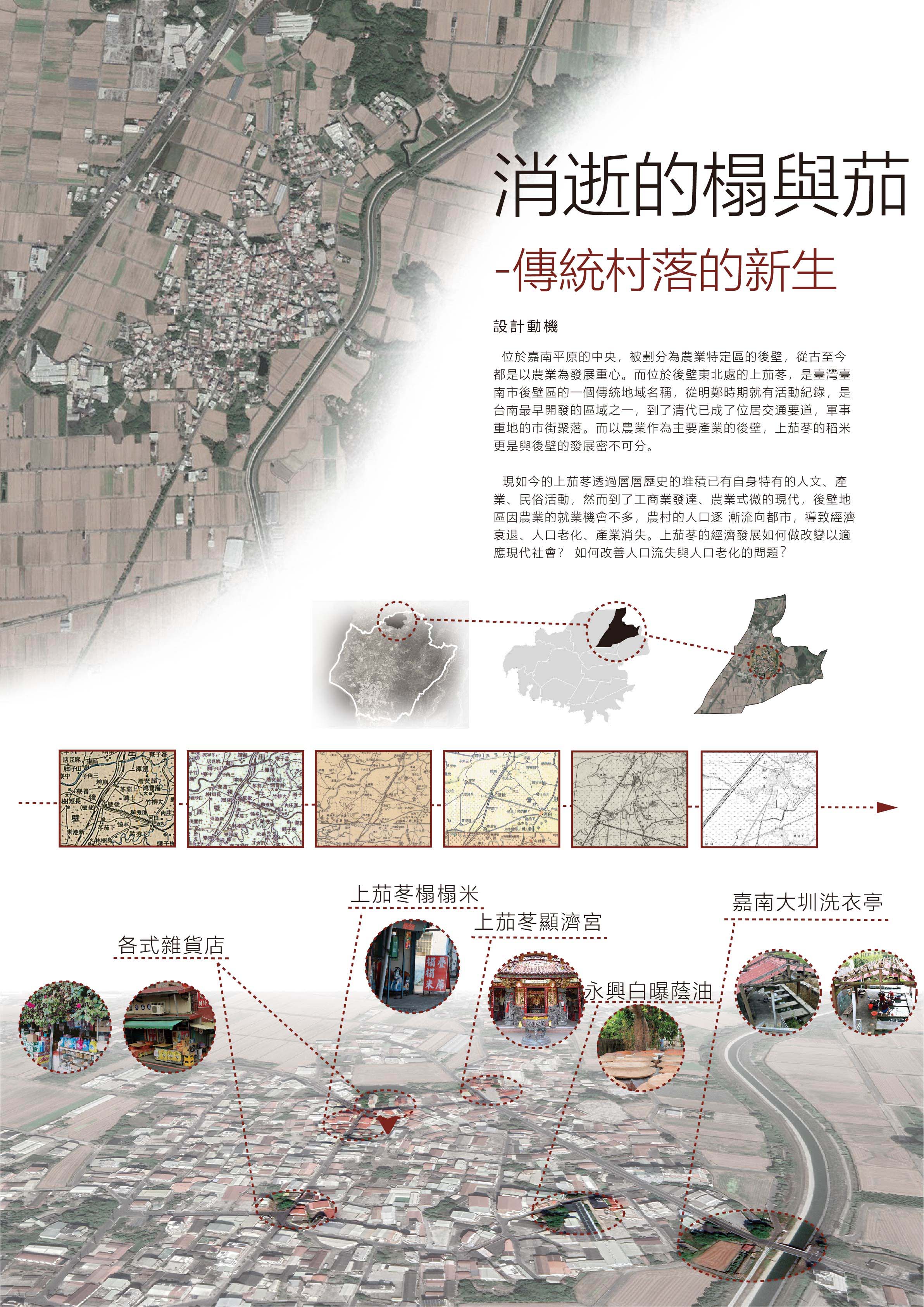
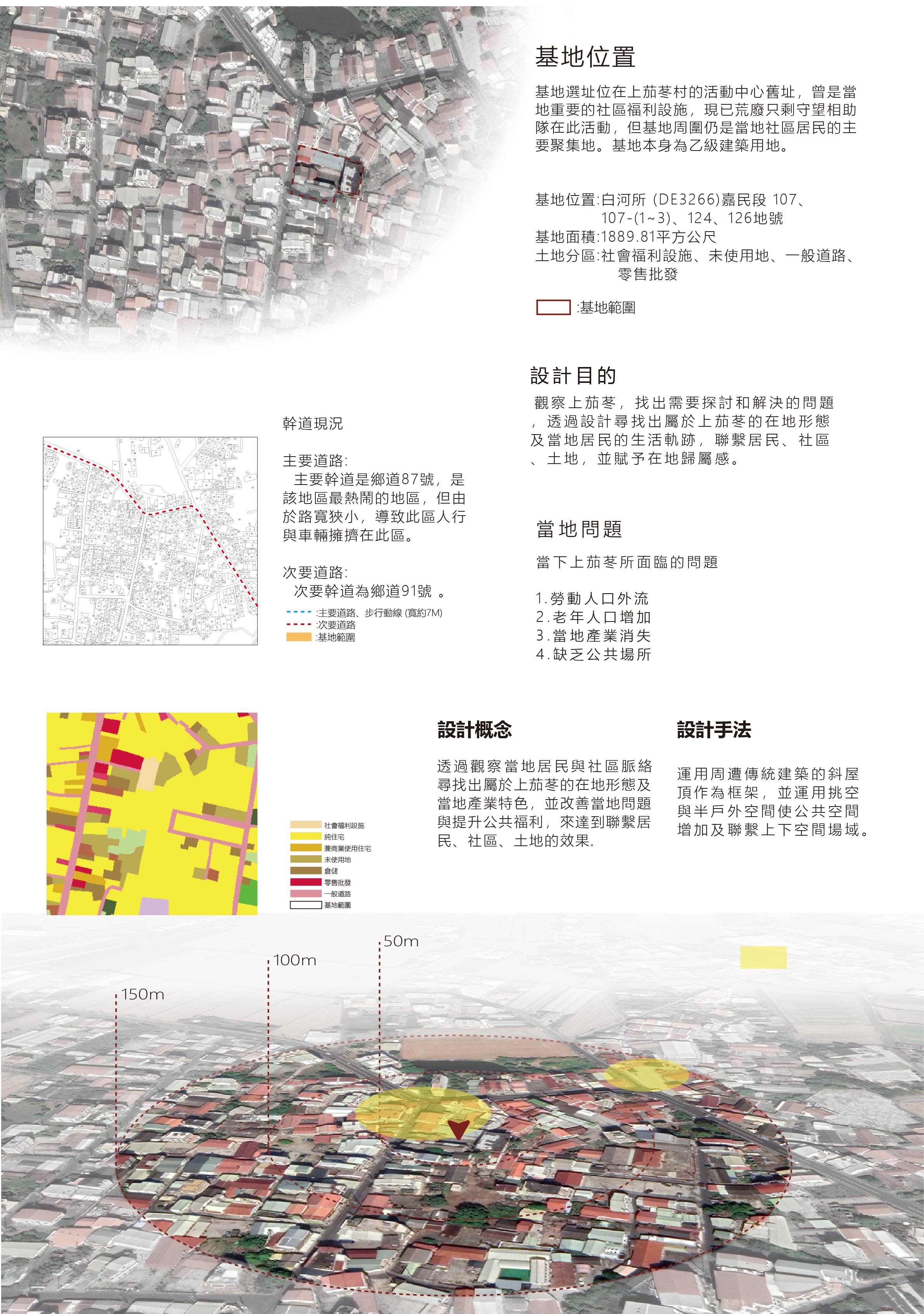
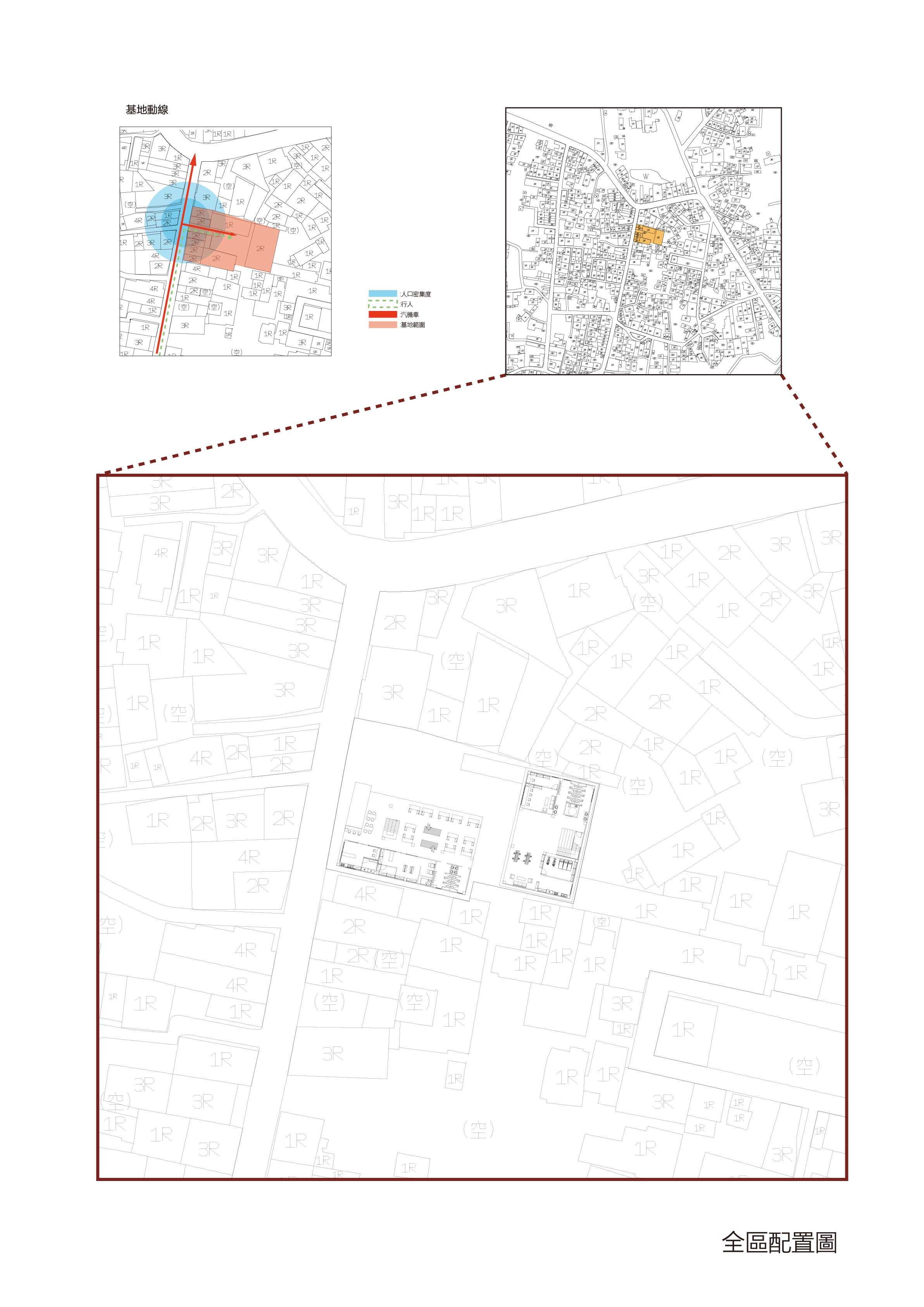
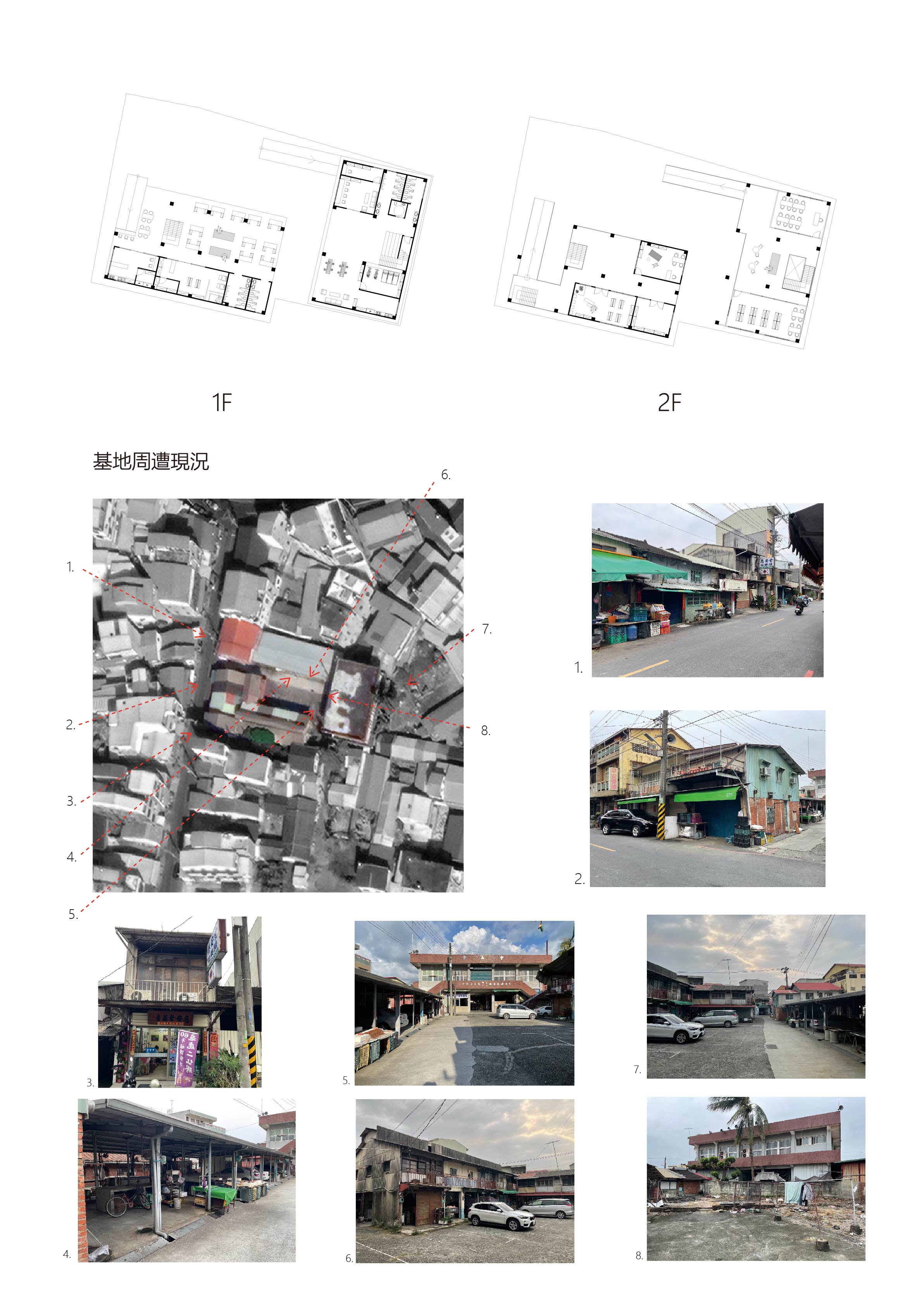
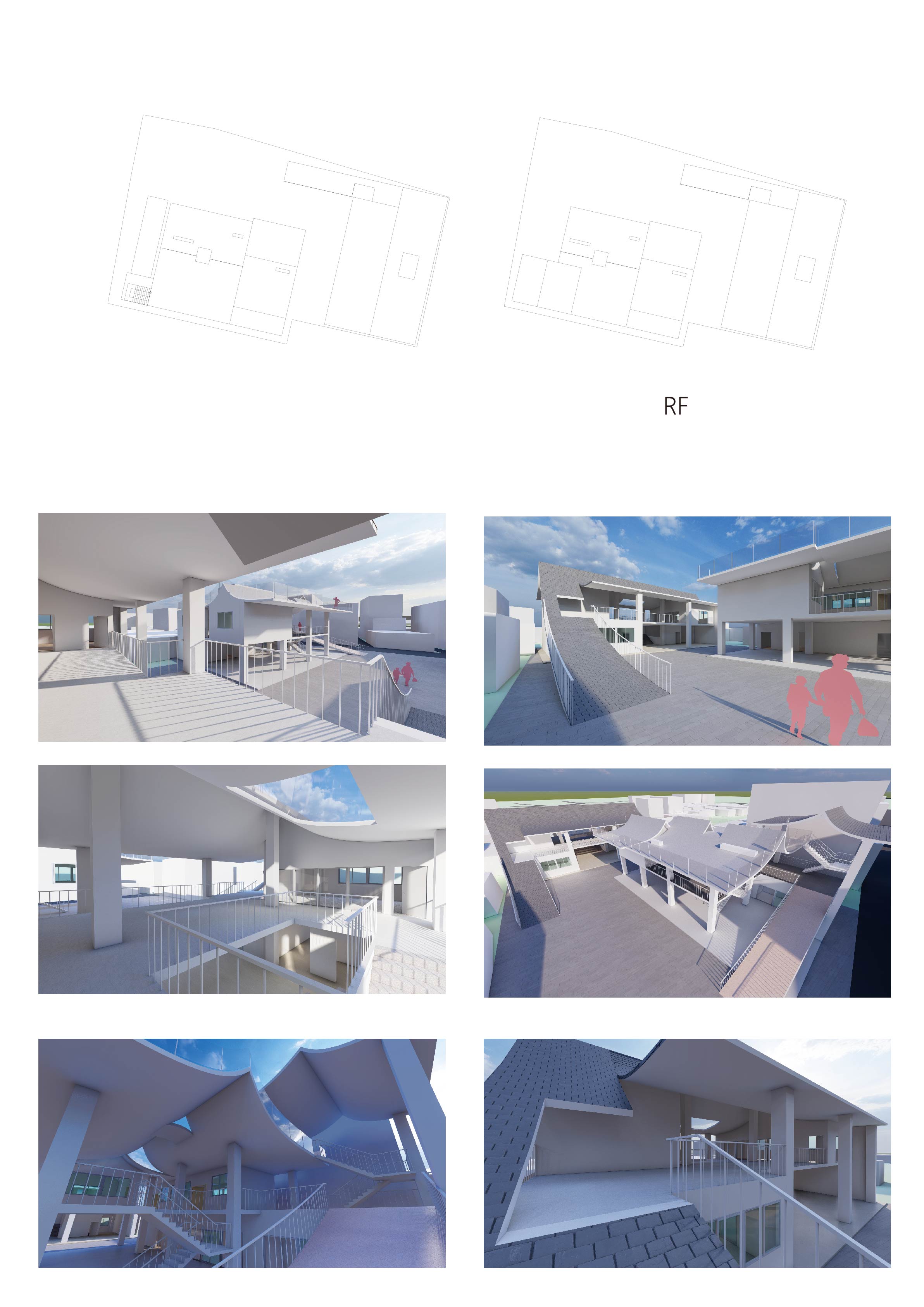
位於嘉南平原的中央,被劃分為農業特定區的後壁,從古至今都是以農業為發展重心。而位於後壁東北處的上茄苳,是臺灣臺南市後壁區的一個傳統地域名稱,從明鄭時期就有活動紀錄,是台南最早開發的區域之一,到了清代已成了位居交通要道,軍事重地的市街聚落。而以農業作為主要產業的後壁,上茄苳的稻米更是與後壁的發展密不可分。
現如今的上茄苳透過層層歷史的堆積已有自身特有的人文、產業、民俗活動,然而到了工商業發達、農業式微的現代,後壁地區因農業的就業機會不多,農村的人口逐 漸流向都市,導致經濟衰退、人口老化。上茄苳的經濟發展如何做改變以適應現代社會? 如何改善人口流失與人口老化的問題?
觀察上茄苳,找出需要探討和解決的問題,透過設計尋找出屬於上茄苳的在地形態及當地居民的生活軌跡,聯繫居民、社區、土地,並賦予在地歸屬感。
The disappearing couch and Siōng-ka-tang-pi
Located in the center of the Jianan Plain, the back wall is divided into a specific agricultural area. Agriculture has been the focus of development since ancient times. Shangqiejuan, located in the northeast of Houbi, is a traditional regional name in Houbi District, Tainan City, Taiwan. There have been records of activities since the Ming and Zheng dynasties. It was one of the earliest developed areas in Tainan. By the Qing Dynasty, it had become a traffic area. Important roads, streets and settlements in military important areas. With agriculture as its main industry, Houbi, Shangqiejuan's rice is inseparable from the development of Houbi.
Today, Shangqieyuan has its own unique humanities, industries, and folk activities through the accumulation of layers of history. However, in modern times when industry and commerce are developed and agriculture is declining, there are not many agricultural employment opportunities in the Houbi area, and the rural population has gradually flowed to cities, leading to economic recession and aging populations. How can the economic development of Shangqieyuan be changed to adapt to modern society? How to improve the problems of population loss and population aging?
Observe Shangqiejuan and find out the problems that need to be discussed and solved. Through design, we can find the local form of Shangqiejuan and the life trajectory of local residents, connect the residents, community and land, and give the local people a sense of belonging.